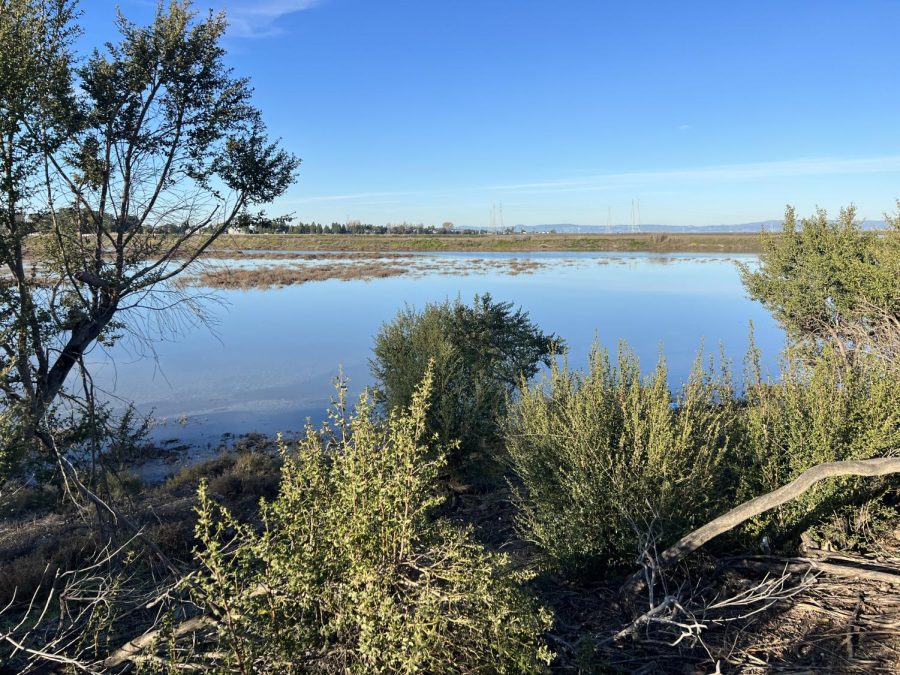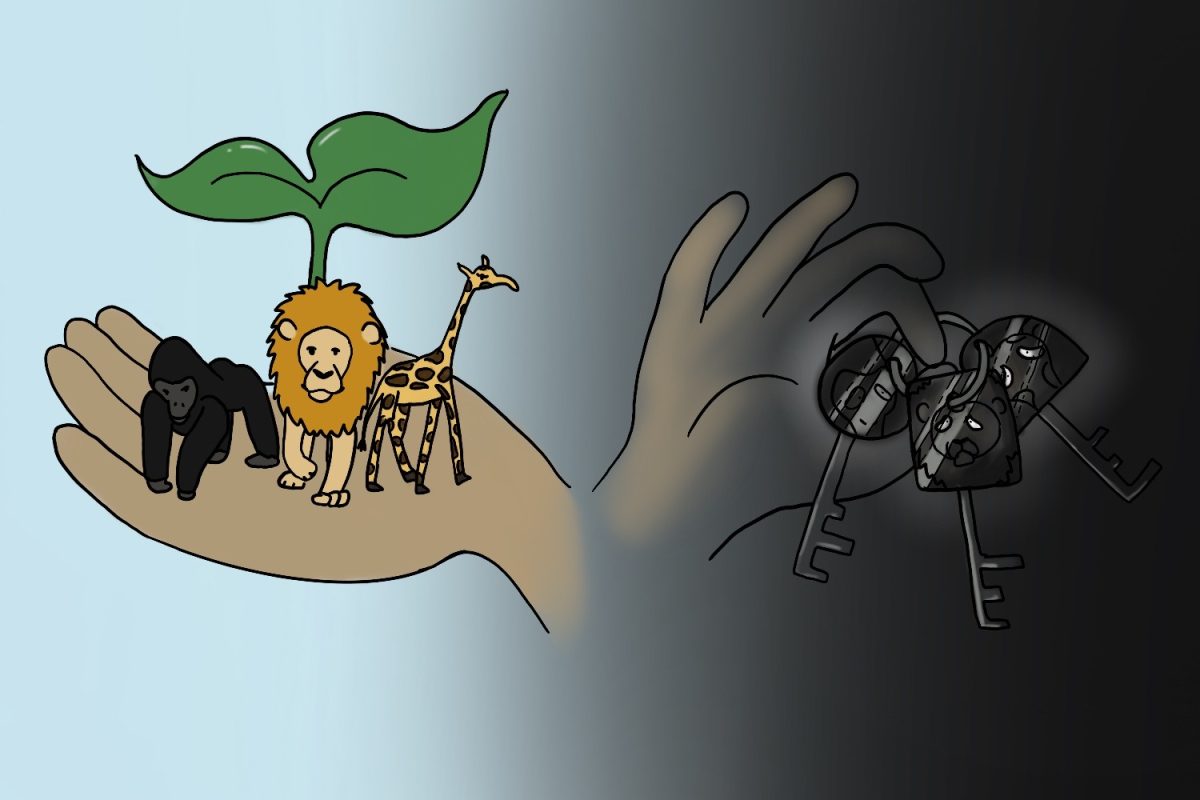After three weeks of heavy rain, which brought along floods and disaster declarations across California, there is finally a dry forecast. While rain filled the state’s reservoirs and restored groundwater, droughts will remain a threat to Californians.
The issues brought upon California by droughts have been detrimental in the past few years, being the driest three-year period in the state’s history.
Barring the weather conditions of early January, droughts will continue to be an issue that California will have to deal with throughout the rest of 2023. The water accumulated after the rain is not enough to put the state out of danger.
For example, residents of San Joaquin Valley rely on groundwater basins as their primary water supply. As thousands of wells have run dry, they become hard to replenish, and it would take several years of rain like what the state recently experienced to make a difference.
California gets its water through importation, groundwater, and rivers. However, as droughts continue ravaging the state, there are issues with these sources.
Importing water from far-away sources is done often. The two primary places are the Sierra Nevada and Colorado River, but even these sources are under threat, as the Colorado River has been in a prolonged drought since 2000.
Meanwhile, groundwater management regulations make pumping groundwater impractical. The rivers into which the Sierra Nevada’s spring runoff goes will have to keep most of their water to support fish populations.
And those inefficiencies leave the state with few options for a long-term and sustainable water supply. Californian cities were previously designed to channel water through rivers and streams back into the ocean, making most stormwater inaccessible unless captured by a reservoir.
But now that the state needs all the water it can get, the water discarded through runoff into the ocean is a valuable resource that should be stored and used as a water supply.
Capturing stormwater is cost-effective and will allow California to use a previously untouched water source. However, the problem is that the current infrastructure has not been able to hold onto the excess water that fell in the opening days of 2023.
Costing only $600 to $1800 per acre-foot, depending on treatment, capturing stormwater is much more cost-effective than the $2,200 per acre-foot charged by the Bay Area Supply and Conservation Agency.
The most significant concern when it comes to stormwater is the contaminants it collects when running through roads. For that reason, investment in water treatment would be necessary, but this is an essential and relatively manageable step in protecting from statewide droughts.
Additionally, it is necessary to keep the water in storage by redesigning water pathways in cities to prevent them from leading back into rivers and oceans.
Keeping the stormwater from rain seasons like the one of early January would be essential for the survival of many Californian communities as they continue to struggle in the face of a drought.
While San Francisco’s water supply is replenished, other regions, such as San Joaquin Valley, still face the harsh realities of their water shortage every day. The state is amidst one of its worst droughts in recorded history, a reality that is very much in the eyes of the beholder as of this moment.












